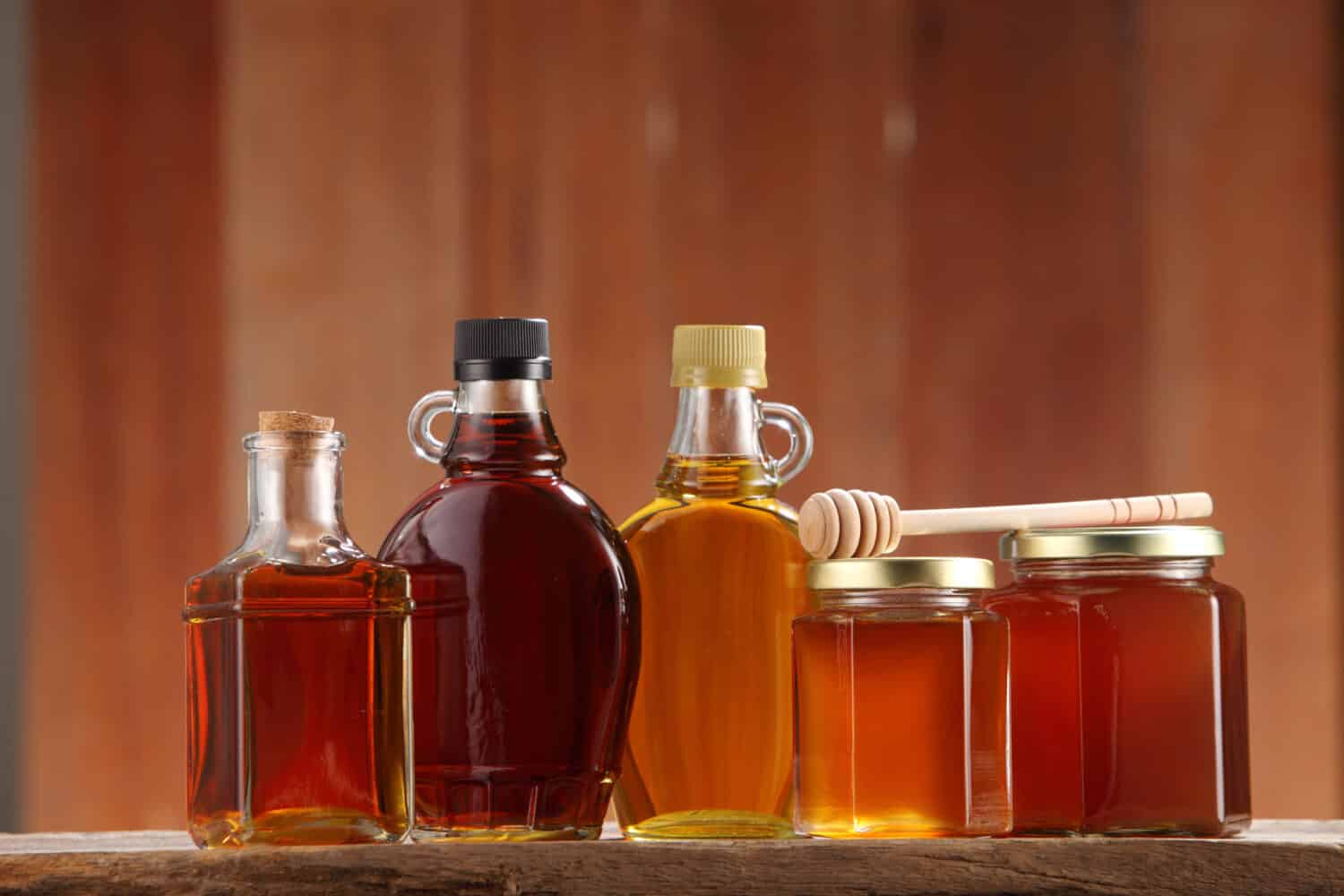Many health-conscious consumers are looking for ways to eat healthier. Some families are targeting sugar and looking at ways to reduce sugar intake because of the negative effects of processed sugar on the body. Instead, they are looking for natural alternatives to sweet sugar. And agave and honey are two natural options that add that sweet touch to foods and drinks. But when it comes to agave vs. honey, it is important to know the differences to make the right choice for you and your family. Agave and honey are both sweet, but the differences come down to where they come from, how they are made, and how they taste.
Agave vs. Honey: What are the Differences?
Both agave and honey are natural alternatives to sugar, but they are not equal. Agave comes from the agave plant, and the natural sugar is extracted. Then, the sap is heated to create the agave nectar or syrup. The heating process kills the natural vitamins and minerals. Agave syrup is highly processed and very sweet; it is 85% percent fructose and 15% is water. Honey, on the other hand, is 40% fructose, 30% glucose, and 30% a mix of other sugars. Honey is liquid nectar that bees get from flowers. They take it to their honeycombs and create the honey. There are 320 types of honey, and generally, the darker the honey, the more health benefits. Generally, honey is not processed, and raw honey is the best choice.
One key difference between agave and honey is that agave is safe for people who follow a vegan diet since it comes straight from the plant. While honey is not considered vegan because of the bees, however, it is safe for a dairy-free or vegetarian diet.
Agave vs. Honey: Nutritional Differences
There are some nutritional differences between the two, and honey is the clear winner. When it comes to calories and nutritional value, the two sweeteners are close. Agave, per tablespoon, has 60 calories, 16 grams of carbohydrates, and 17 grams of sugar. While honey has 64 calories, 17 grams of carbohydrates, and 17 grams of sugar.
Despite the almost exact nutritional profile of both agave and honey, honey has anti-inflammatory and immune-boosting properties that make it a healthier choice. Plus, it is low in fructose and less processed than agave syrup.
What is Agave?
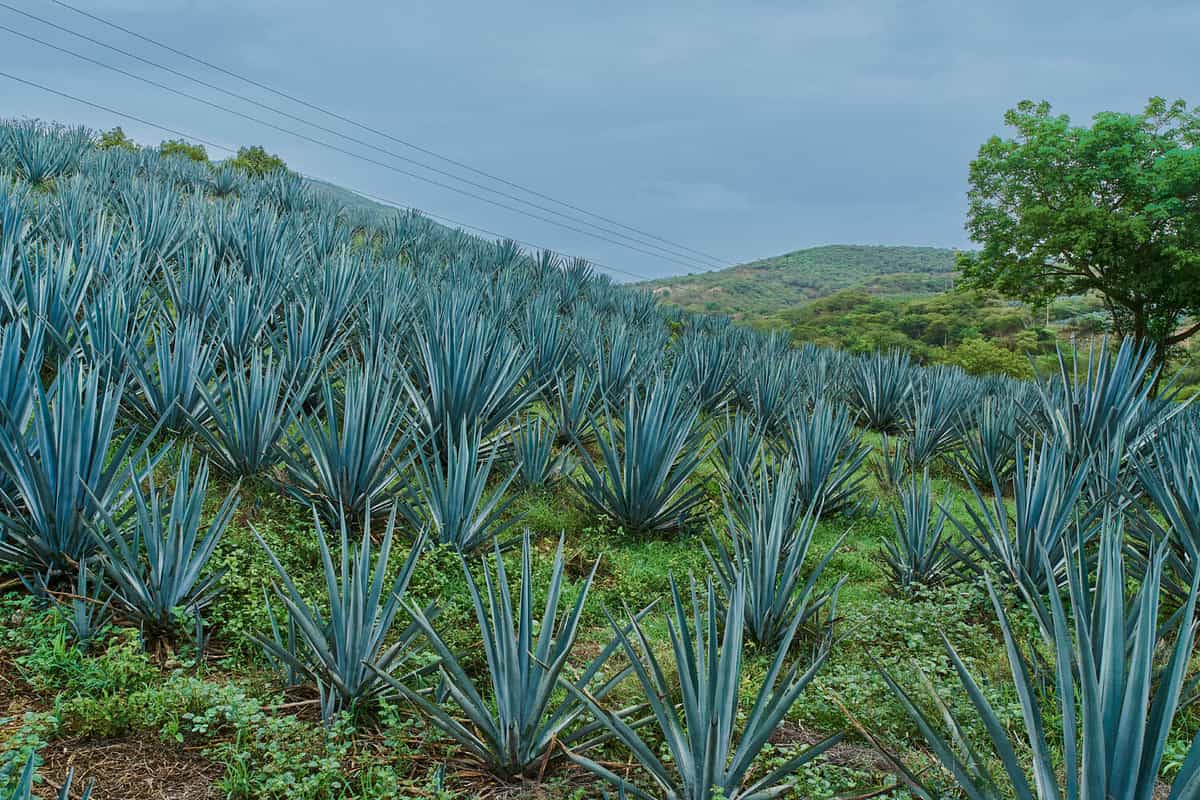
©German Zuazo Mendoza/Shutterstock.com
Agave nectar comes from the blue agave plant that is native to Mexico and the southern part of the U.S. It grows in a dry arid climate. In Mexico, the agave plant is also called the maguey, and it is the plant used to make tequila. The nectar is thick in viscosity and extremely sweet. In Mexico, agave nectar has been used medicinally for hundreds of years. The natural sugar from the plant was boiled to make syrup.
What is Honey?
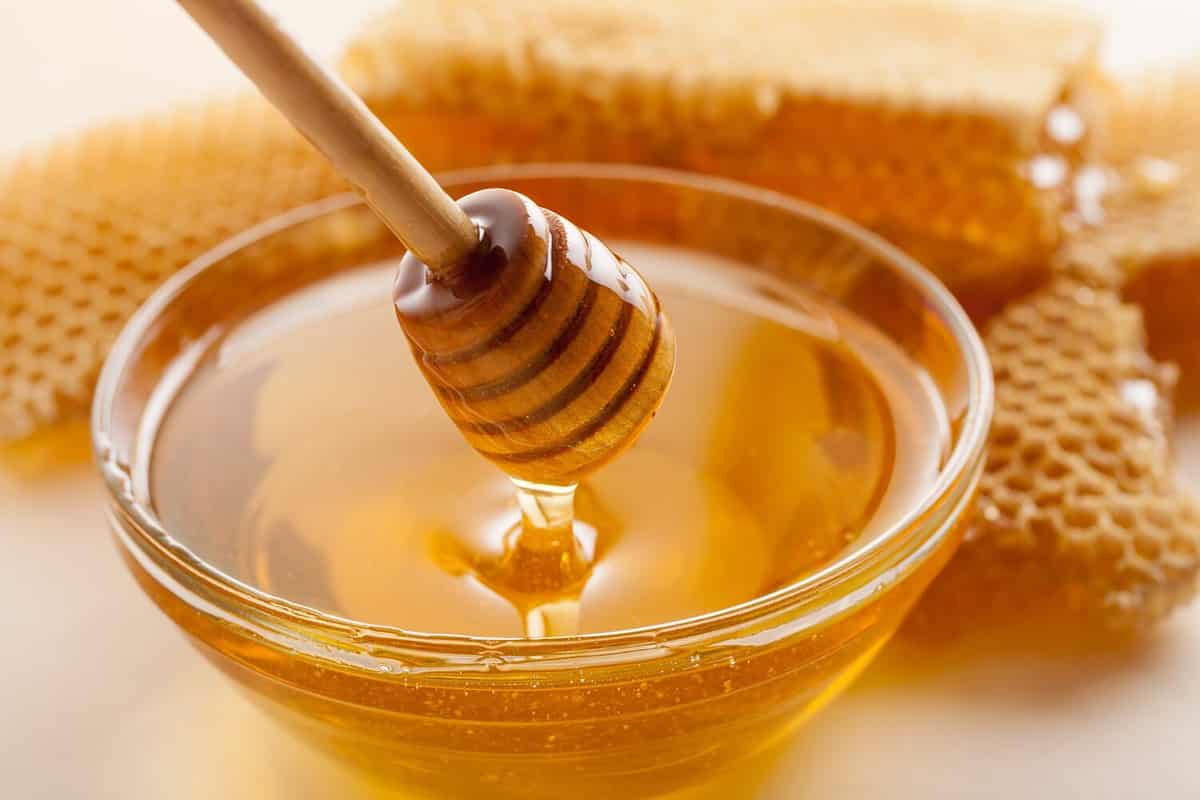
©Billion Photos/Shutterstock.com
Honey is a sweet thick nectar made from honeybees. There are different types of honey that range in color, flavor, and texture. Honey has a long history, and according to The Honey Association, beekeeping and honey production dates back to 2400 BC. Honey was used as a sweetener because sugar wasn't available until the 16th century. The Egyptians and Romans used honey medicinally too. It was ingested for coughs and sore throats and used topically to treat burns and cuts.
Can You Substitute Agave for Honey?
Agave is much sweeter than honey. If you substitute agave for honey in a recipe, be sure to use less to maintain the right level of sweetness. It is not a good idea to use agave as a substitute for dry processed sugar. The texture and taste will change the final product.
Can You Substitute Honey for Agave?
Honey isn't as sweet as agave, so if you substitute it, you will need to add more honey to reach the desired level of sweetness. Depending on the recipe, you can sometimes use honey in place of dry processed sugar, but other adjustments may be required to keep the right texture of the final product.
When Should You Use Honey?
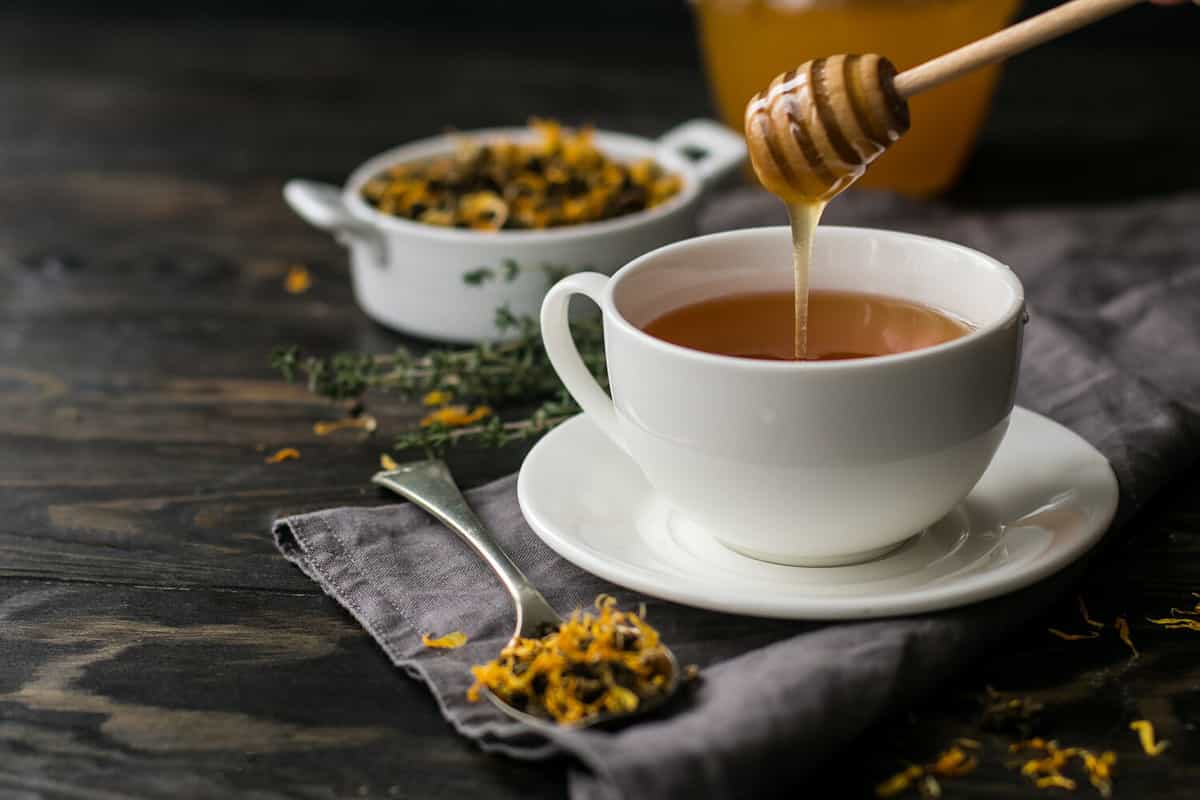
©Anastasia Voskresenskaya/Shutterstock.com
The best honey to choose is raw honey to get the most of the health benefits. You can add honey to tea, yogurt, oatmeal, pancakes, and bread for a sweet taste. Honey is also excellent in salad dressings and marinades.
When Should You Use Agave?
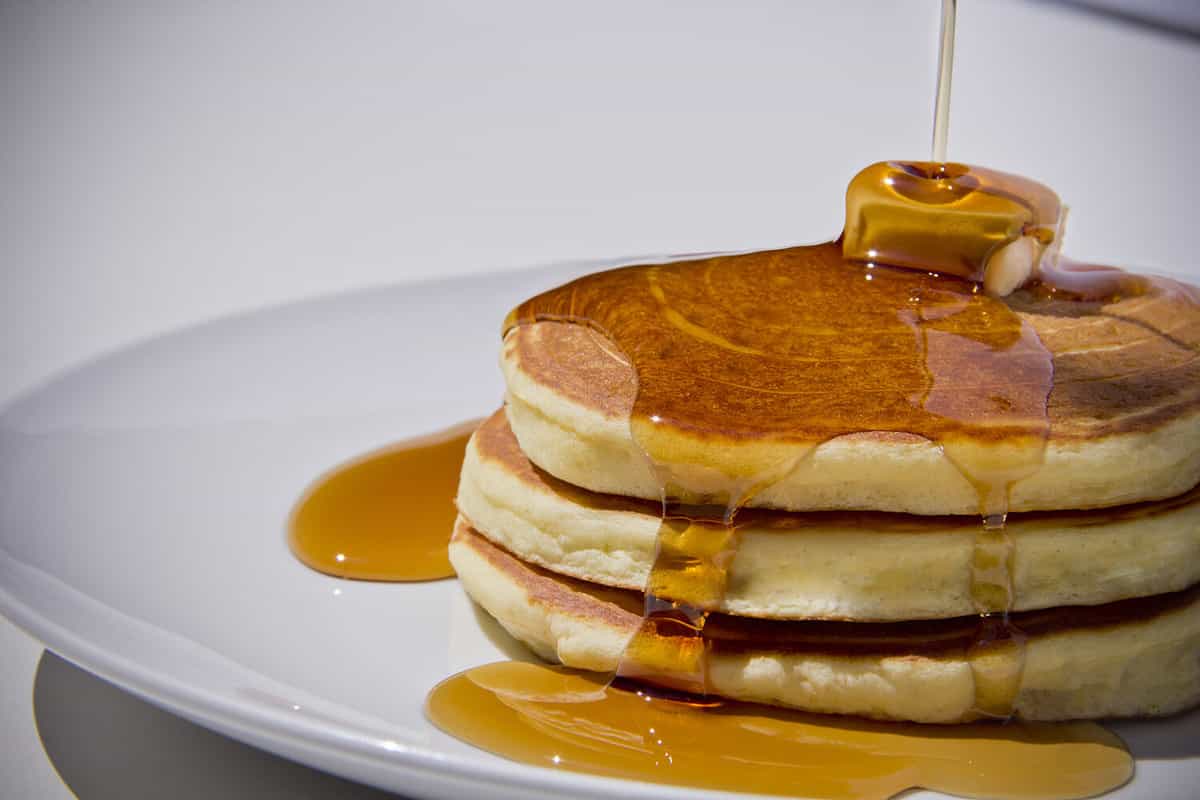
©JuanSalvador/Shutterstock.com
You can add agave syrup to the same things you would add honey to, but agave has a much sweeter taste than honey.
How to Safely Consume Agave and Honey
Honey should never be given to children under one year old. They can have difficulty swallowing it. It can also have dangerous botulism spores. Agave is processed, so it is safe for babies, but many pediatricians recommend against adding sweeteners to baby food until after the age of two.
The American Heart Association recommends limiting sugar like agave, honey, and maple syrup to 24 grams per day for women and 36 grams per day for men. Other factors to consider are that when sweeteners are consumed in excess, they can lead to obesity, diabetes, tooth decay, and cavities.
A Quick Comparison of Agave vs. Honey
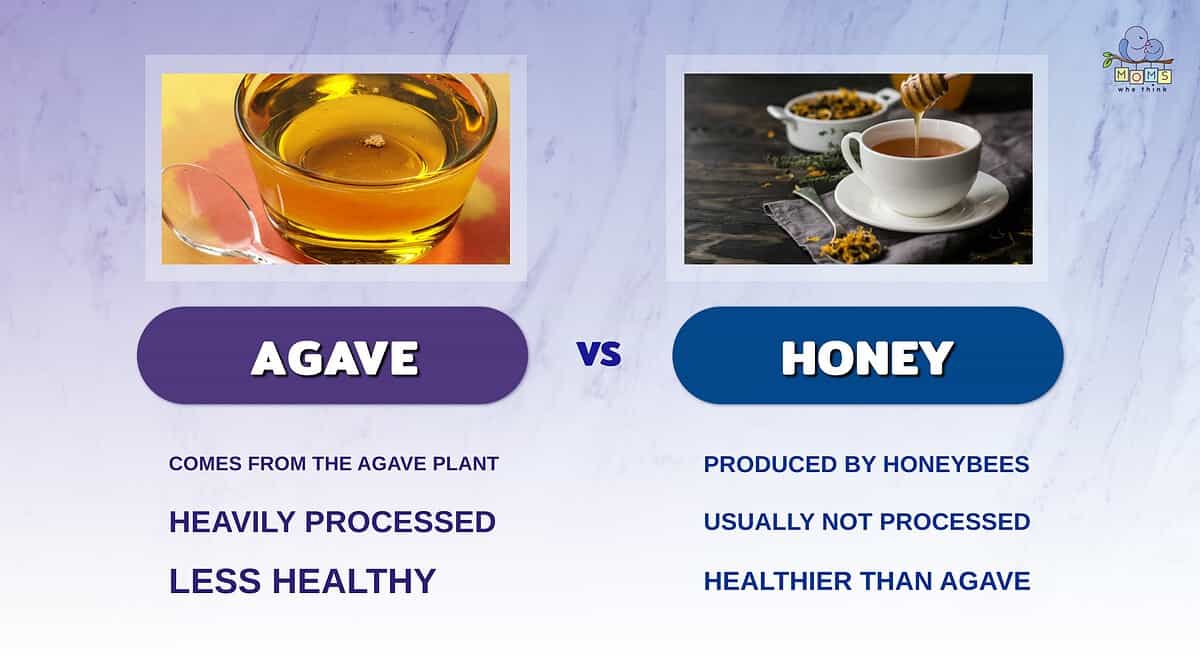
Agave syrup comes from the agave plant, while honey is produced by honeybees. After extraction, agave is heavily processed. Contrarily, honey usually doesn't go through any kind of processing. Although both of these products have similar nutritional profiles, honey is usually considered the healthier option for its anti-inflammatory and immune-boosting properties.
Try this honey hoisin pork recipe:
Print
Honey Hoisin Pork with Bok Choy
- Yield: Serves 4
Ingredients
For pork:
1 (1 pound) pork tenderloin, trimmed
1/4 teaspoon salt
Cooking spray
1/4 cup rice wine vinegar
3 tablespoons honey
1 tablespoon hoisin sauce
1/4 teaspoon crushed red pepper
For bok choy:
6 baby bok choy
Cooking spray
2 teaspoons dark sesame oil
1/4 teaspoon salt
1/8 teaspoon black pepper
2 teaspoons sesame seeds
Instructions
1. Slice pork tenderloin lengthwise, cutting to, but not through other side. Open halves, laying pork flat. Place plastic wrap over pork; pound to ¼-inch thickness. Cut pork crosswise into 4 steaks; sprinkle with salt.
2. Heat a large nonstick skillet over medium-high heat. Coat pan with cooking spray. Add pork; cook 3 to 4 minutes on each side or until done. Transfer pork to a plate. Reduce heat to low.
3. While pork is cooking, cut bok choy in half lengthwise, leaving core intact. Steam bok choy, covered, 4 minutes or until tender; drain well.
4. Combine vinegar and remaining ingredients in a small bowl, stirring with a whisk. Stir vinegar into pan drippings; cook 1 minute. Return pork to skillet; remove from heat. Let stand 2 to 3 minutes or until thoroughly heated, turning often.
5. While pork is reheating, heat a large nonstick skillet over medium-high heat. Coat pan with cooking spray. Drizzle cut sides of bok choy with oil; sprinkle with salt and pepper. Place bok choy, cut sides down, in pan; cook 6 minutes or until lightly browned. Turn bok choy over; cook an additional 1 to 2 minutes or until lightly browned. Sprinkle with sesame seeds.
Nutrition
- Serving Size: Per serving
- Calories: 266
- Sodium: 624mg
- Fat: 8g
- Saturated Fat: 2g
- Carbohydrates: 24g
- Fiber: 3g
- Protein: 27g
- Cholesterol: 74mg
The image featured at the top of this post is ©focal point/Shutterstock.com.
